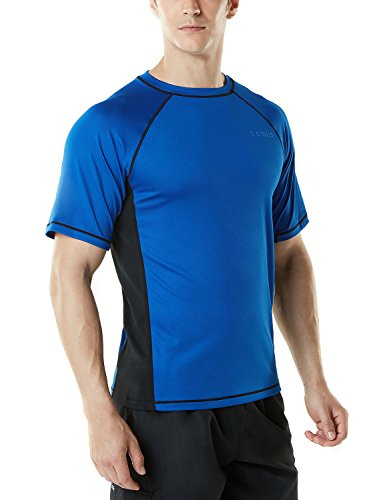Mens Surf Cojo Bay California T Shirt, Surfing gear, surfing wear 2XL Lemon
Product Features
- Surfing collectors shirt that is so soft you will everywhere.
- surf Cojo Bay California
- Lightweight, Classic fit, Double-needle sleeve and bottom hem
Mens Surf Zuma Beach California T Shirt, Surfing gear XL Heather Grey
Product Features
- So soft you can ware under your uniform or suit.
- Surf Zuma Beach California T Shirt, Surfing gear
- Lightweight, Classic fit, Double-needle sleeve and bottom hem
Mens Surfs Up T Shirt, surfing Clothes, Surf gear Medium Heather Grey
Product Features
- Surfs Up t shirt that is so soft and cool you can wear anywhere and under anything.
- SURFS UP
- Lightweight, Classic fit, Double-needle sleeve and bottom hem
Promate 3mm Beach Dog Water Sports Boots Shoes, Men 6 / Women 7
Men’s Size (Shoes): XXS/4, XS/5, S/6, SM/7, M/8, ML/9, L/10, XL/11, XXL/12, 3XL/13
Women’s Size (Shoes): XXS/5, XS/6, S/7, SM/8, M/9, ML/10, L/11, XL/12, XXL/13, 3XL/14
Product Features
- Thickness: 3mm
- Low cut boot
- Rubber sole with excellent traction design
- Ideal for any water sport
MS-S01-BUK_Medium Tesla Men’s UPF 50+Swimshirt Loose-Fit Short Sleeve Rashguard Top MS-S01
Swimshirt Loose-fit Rashguard®
Tesla’s surf and water sports rash guard lineup
Polyester fabric material that protects swimmers
Quick dry and water wicking for maintaining the best of conditions inside and outside of the water
Design
Long shirt length design for a snug fit that prevents ride-ups
Pristine detail design and flat-lock stitching
Functional Fabric Material
High-density fabric that protects your skin from outsize hazards and harmful UV rays
Enhanced elasticity and resilience for flexible movements
Quick dry and water wicking for maintaining the best of conditions inside and outside of the water
Product Features
- Tesla’s original Rashguard lineup® Swimshirt Loose-fit, Short Sleeve Rashguard
- 50+SPF/UPF sun protection
- Durable high-density fabric that protects against rashes and abrasions
- Moisture Sensing/Quick time Dry/TWO-WAY Air Circulation.
- 4-Way stretch with water shedding capabilities
- Material: 100% Polyester






